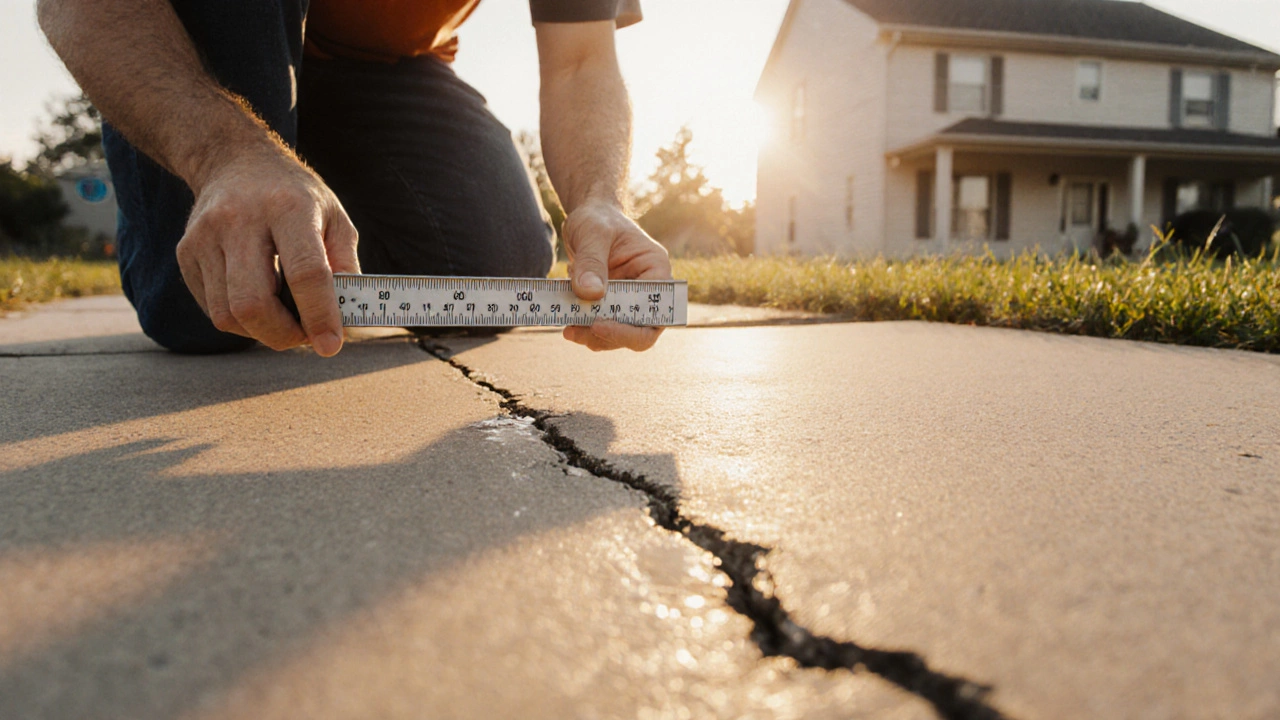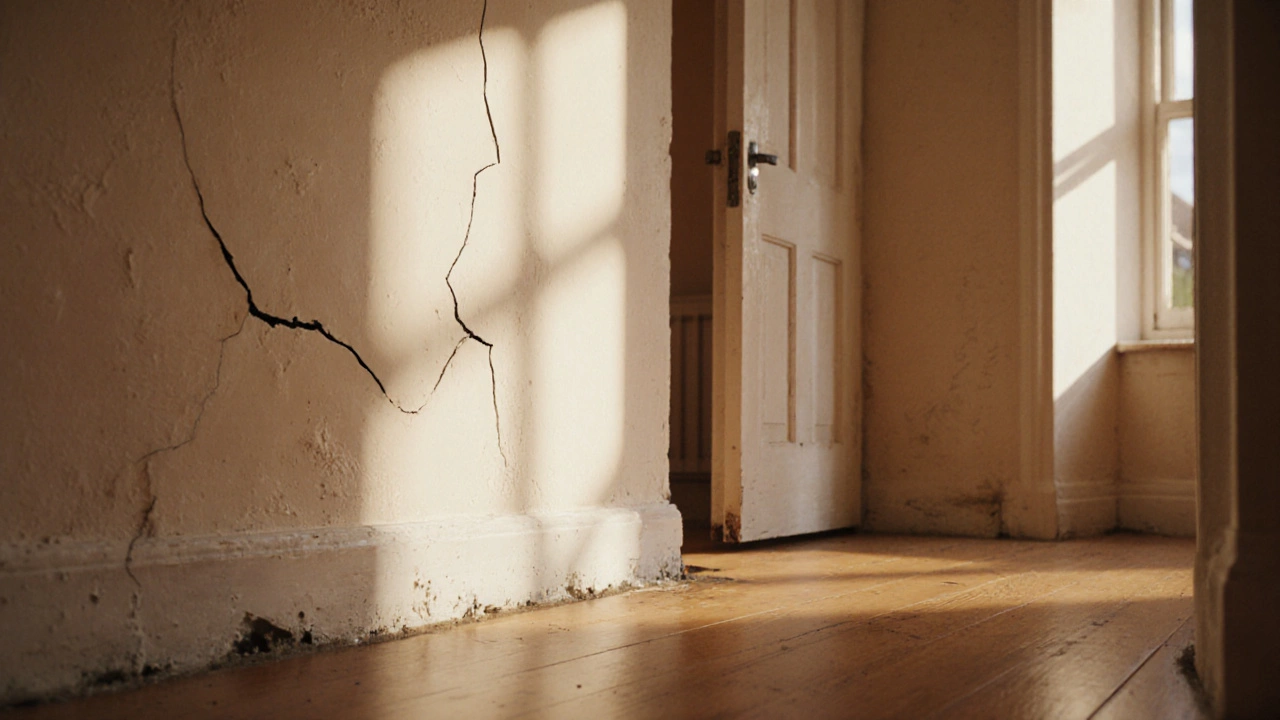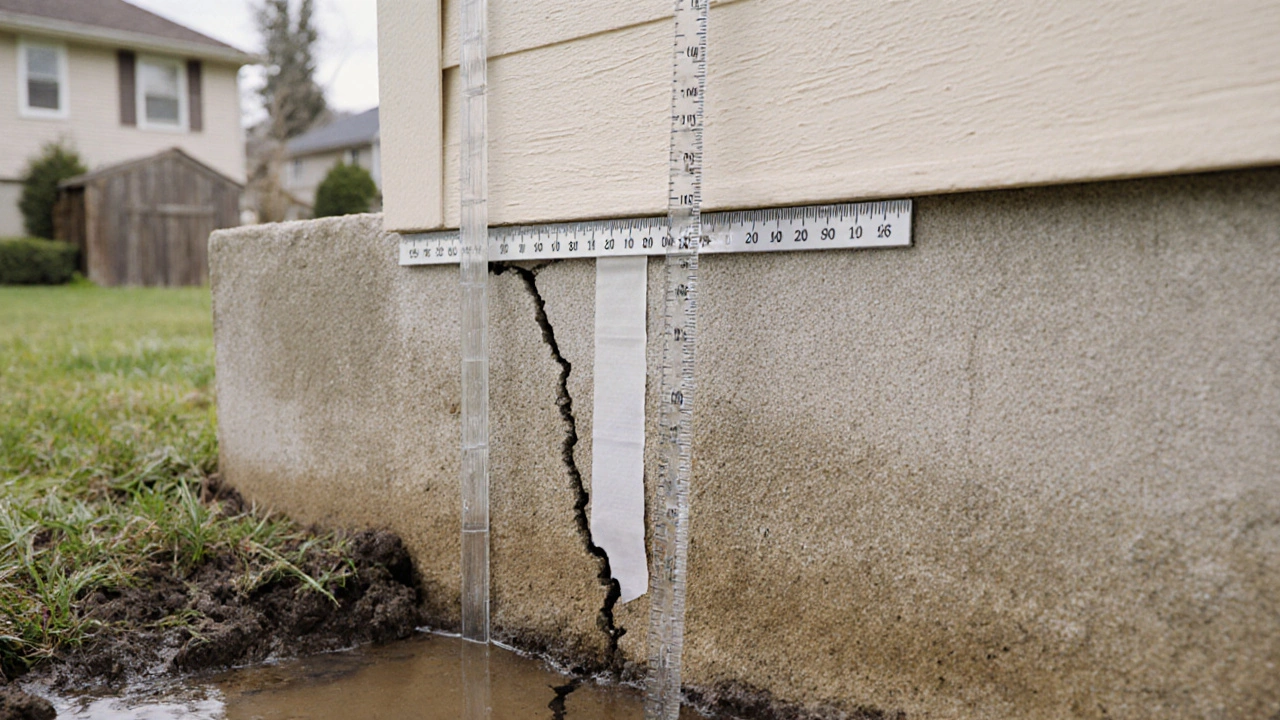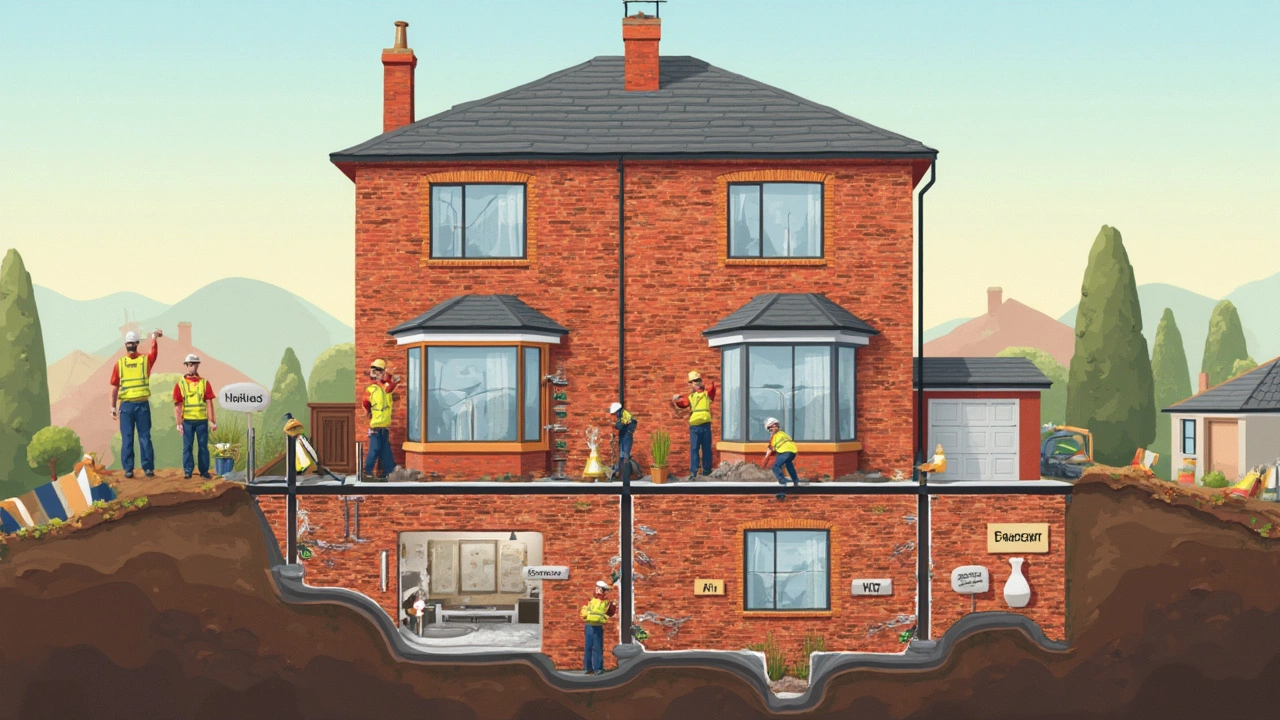Foundation Repair: How to Identify, Fix, and Prevent Problems
Noticing cracks in your walls or a floor that feels like a slide? Those are the warning signs that your foundation might be talking to you. Before panic sets in, take a deep breath and check a few basics. Look for diagonal cracks, gaps around doors, and any unevenness in rooms. If you see two or more of these, it’s time to dig a little deeper (literally, not with a shovel) and figure out what’s causing the trouble.
Most foundation problems start with simple things: poor soil, water buildup, or settlement over time. When the ground shifts, the concrete slab or basement walls feel the pressure and crack. This isn’t always a sign of a full‑blown structural disaster, but ignoring it can turn a small fix into a big bill.
Inside vs. Outside Crack Repairs
One of the biggest questions homeowners face is whether to repair cracks from the inside of the house or the outside. Inside fixes are usually cheaper because you don’t need to excavate. They work well for small, hairline cracks that don’t affect the structural integrity. You’ll fill the crack, seal it, and reinforce the area with epoxy or carbon fiber strips.
Outside repairs, on the other hand, get to the root of the problem. If water is seeping in or the soil is pushing against the wall, you’ll need to dig out the area, apply a waterproof membrane, and maybe install a carbon fiber reinforcement on the exterior. It costs more upfront, but it often prevents future water damage and further cracking.
When to Call in the Pros—or Walk Away
If you’re seeing wide gaps, bulging walls, or a sloping floor, it’s time to bring in a professional. A structural engineer can tell you if the damage is repairable or if the cost of fixing it outweighs the value of the home. In some cases, walking away is the smartest move, especially if the foundation issues are tied to larger site problems like unstable soil that can’t be easily fixed.
Insurance can also play a role. Many policies cover sudden structural damage but exclude gradual wear and tear. Knowing what’s covered before you file a claim can save you a lot of frustration. Read your policy, ask your insurer about exclusions, and keep documentation of all inspections and repairs.
Below are some quick reads that dive deeper into each topic:
Foundation Problems in Houses: Causes, Signs, and Practical Repair Solutions – A check‑list of red flags and step‑by‑step fixes.
Foundation Crack Repair: Inside vs Outside Solutions – A side‑by‑side look at costs and long‑term results.
When to Walk Away from Foundation Problems – How to decide if a repair is worth the effort.
Does Insurance Cover Structural Damage? – The do’s and don’ts of filing a claim.
By keeping an eye on the early signs, understanding the pros and cons of each repair method, and knowing when to bring in experts, you can protect your home’s stability without blowing your budget. Start with a simple visual inspection, talk to a qualified contractor, and make a plan that matches your home’s needs and your wallet’s comfort zone.















